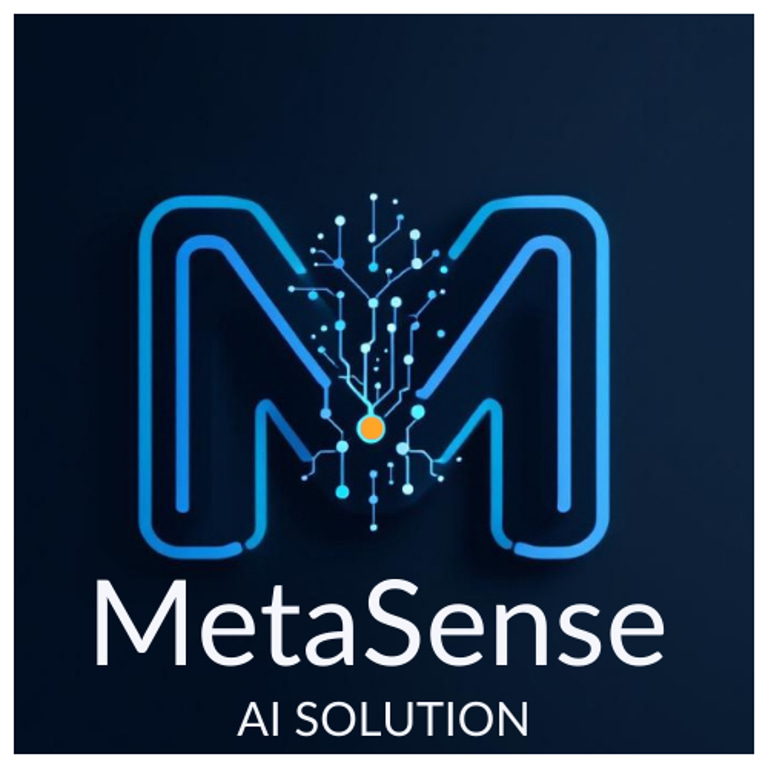Frequently asked questions
Discover our answers to common questions and contact us for any other information requests.
Contact us


For any questions, use our form or call us directly. We are here to help you
How long have you been working with AI, and what tangible results have you achieved?
You are right, AI is a field that seems new to many, but my experience goes back a long way. As early as 1998, I was coding neural network simulators in an academic setting, long before AI became popular. What makes me strong is that I have gone through several technological revolutions: from mainframe to distributed architecture, from procedural to object-oriented.


My starting point is always to listen to you. Every business has its own challenges, and a SaaS solution may be right for you. But which one? How to choose the one that suits your needs without wasting time or investing in the wrong direction? And if this solution doesn't cover everything, who will make the necessary adjustments? This is where I come in: I help you define your priorities, choose intelligently, and above all, I support you so that these tools are integrated and adopted effectively by your teams.
How do you make AI accessible, and why choose you rather than a low-cost SaaS?


Can you give a specific example of a clear ROI thanks to your support?
I always make sure that each project brings concrete results from the first stages. For example, for an automation project, it is common for AI to reduce the time spent on administrative tasks by 30%. By working on an MVP – a minimum viable product – we quickly target measurable gains in a few weeks. This limits risks and allows you to validate the investment step by step




How do you ensure that non-technical teams adopt an AI solution?
Adoption is above all a question of meaning. If your teams understand the concrete benefits of AI for their daily lives, they will get involved. My role is to work with management to explain this vision clearly. Then, I organize practical workshops where each employee can ask questions and test the tools in a reassuring setting. This upstream work helps to remove resistance and make the transition much smoother.


What are the limitations of AI and how do you get around them?
AI has limits, and it’s important to talk about them. For example, it depends heavily on data quality, and integration with existing systems can pose technical challenges. Trust is also a key factor: delegating tasks such as responding to emails requires rigorous and progressive testing. My method for getting around these limits is simple: we start with simple use cases, which we gradually improve over the course of iterations. This makes it possible to build reliable solutions and establish the necessary trust.


How do you find the right balance between simple and complex in your solutions?
My solutions are simple because they are designed with your colleagues. By participating in the choices, they understand why this or that operation is necessary. This involvement allows them to take ownership of the solution from the start. So yes, from an outside perspective, it may seem complex, because it is specific to your needs, but for you and your teams, it is intuitive and adapted to your habits.


Do you stay involved after implementation, and how do you estimate your costs?
Yes, absolutely. I offer follow-up which can range from one-off training to long-term support, depending on your needs. My base rate is €90 excluding VAT per hour, but I can also work on a fixed rate basis for defined projects. This will depend on the complexity of your project and your expectations. My goal is always to ensure that the solution continues to provide you value over the long term.


How do you address fears related to AI, such as job loss?
These fears are normal, and it is essential to address them honestly. My role is to understand your intentions from the start: is it to reorganize tasks, optimize or reduce staff? Then, we develop a suitable communication plan to explain to the teams how AI can simplify their work by allowing them to focus on missions with higher added value. It’s all about transparency and support


How do you ensure your offering remains relevant with rapidly evolving technologies?
It’s true that technologies evolve quickly, and it is crucial to remain flexible. For this, I favor solutions based on open standards like Python, which ensure better maintainability. This allows you to adjust your tools as your needs evolve. My role is also to remain constantly monitoring innovations to offer you options that will remain relevant in 3, 5 or 10 years.




